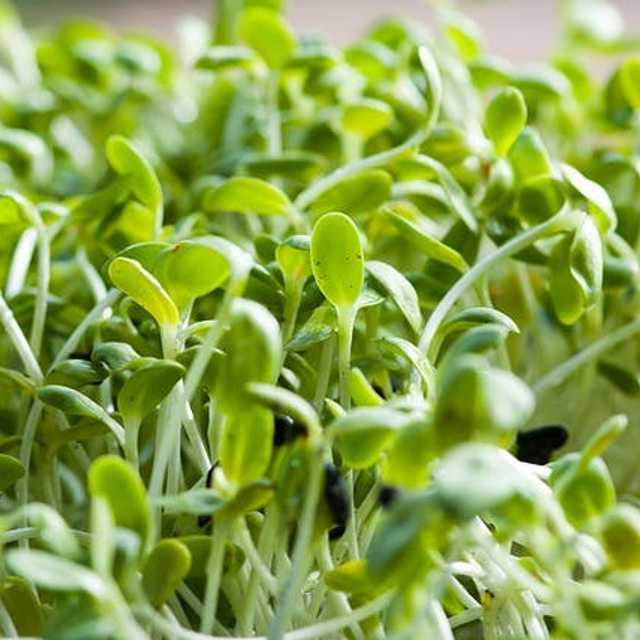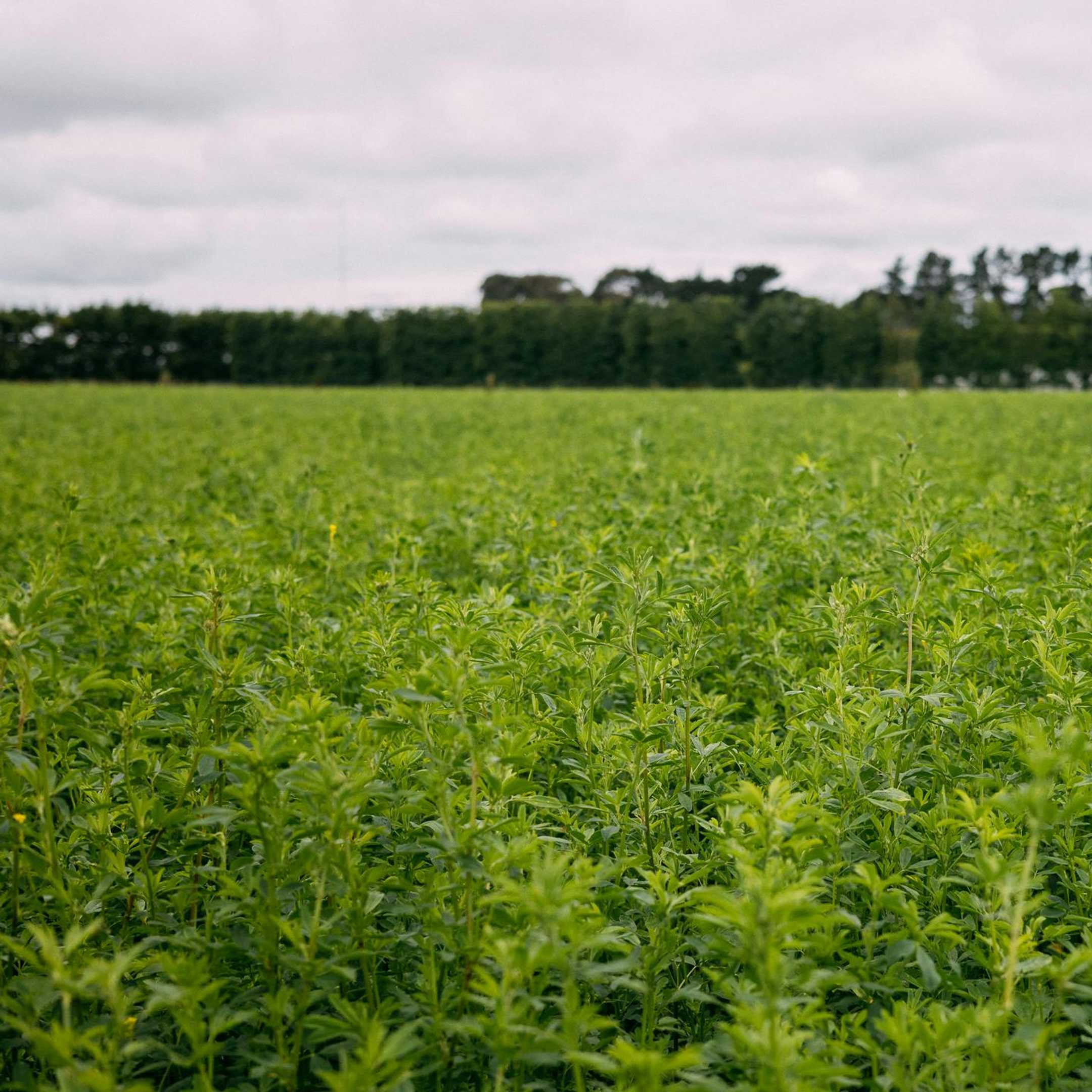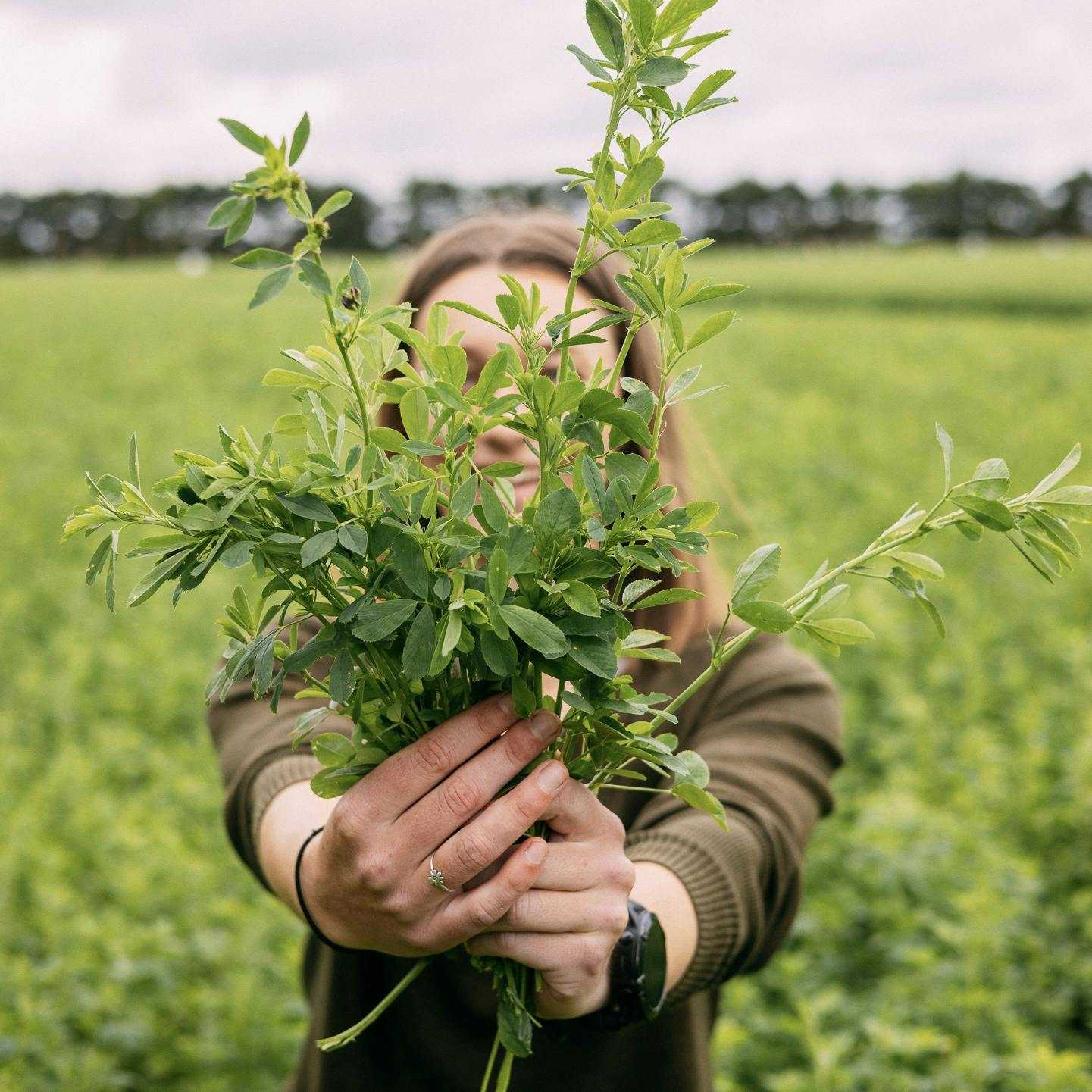Table of Contents
The Environmental Impact of Protein Choices: Plant vs. Animal
Agriculture is one of the world’s highest emitting sectors, and food producers and consumers alike are under pressure to act sustainably; either by being conscious consumers or to reduce the environmental footprint of food production.
For consumers, it’s an incredibly complex issue. Are you being unsustainable if you eat meat? How much should you change your eating habits in order to help the planet?
These are individual decisions based on your own values, so there is no right or wrong answer.
But in order to make informed decisions, it helps to understand the issues and the context behind them.
Plant protein and animal protein
Whether it comes from plants or animals, humans need protein. It is the building block of muscle, and has an array of health benefits.
Nutritionally, there is no difference between protein that comes from plants and protein that comes from animals. Protein is protein as far as the body is concerned.
However, the environmental footprint of different types of protein can differ significantly. Even different types of animal or plant protein can have a very different sustainability profile.
Meat and dairy products are the most commonly consumed animal proteins, and typically have a very high protein content. For many years, red meat was considered the gold standard for protein among all foods, but this has now been challenged by the realization that some plant proteins have a similarly high protein content.
There is a much greater variety of plant proteins, some with much more protein than others. Plant foods with the highest protein content include soy, legumes, grains, seeds and nuts.
Footprint
Environmental Footprint of Plant-Based Protein
Food production can have a range of different impacts on the environment, through greenhouse gas emissions, water pollution, land degradation and a loss of biodiversity.
Meat and dairy are often cited as having the biggest impact on the environment. They require significant land use for grazing and feed production, can have high water consumption, and involve high methane emissions from livestock.
Plant based proteins are typically less environmentally intensive, though some are much more sustainable than others.
For example, rice paddies, while popular for tourist photos in parts of Asia, require significant water use that can have lasting impacts on the land. At the other end of the scale, the most sustainable plant proteins can actually end up having a positive effect on the environment.
Rubisco plant protein, which can be grown in a range of different crops, is typically harvested from nitrogen-fixing crops such as alfalfa, or lucerne, that require very little water. After they’re harvested, these crops break down quickly, ultimately improving the biodiversity of the soil.
They are commonly grown by farmers as a sustainable feedstock for cattle and sheep. They complement other farming systems, enabling farmers to diversify their land use, mitigate carbon emissions and ultimately reduce their environmental footprint.
Carbon Sequestration and Rubisco
Rubisco is the world’s most abundant protein - it exists in every green leaf and is what’s responsible for photosynthesis. During that process, rubisco drives carbon fixation that removes CO2 from the atmosphere.
It’s immediately clear that the more rubisco that’s grown and produced, the more carbon gets taken out of the air. As such, plant-based proteins with green leaves can have a significant positive environmental impact.
As mentioned above, this is a key benefit for farmers looking to reduce their overall emissions, because they can grow a livestock crop and take CO2 out of the atmosphere at the same time.
Impact on Land Use and Biodiversity
Traditional farming has an intensive land element. In any country, you only need to drive on motorways or rural roads to appreciate how large farms are, and how much land they take up.
Many farms didn’t occur naturally - often, land was created through deforestation of natural bush or vegetation. This involves habitat loss for native creatures, and though the rate of deforestation has eased in some places today, it does still happen today. At the same time, many farmers around the world are taking steps to re-plant native vegetation.
Often, farmland is only ever used in one way - to grow grass or crops for livestock. While some farmers are moving towards diversifying their land use in some way or another, this singular focus can negatively impact the biodiversity of the soil over time.
Conversely, plant-based proteins can help to preserve biodiversity and natural ecosystems. Returning to the rubisco example, crops like alfalfa grow quickly and easily, which makes them ideal for promoting biodiversity in soil.
Alfalfa can reach maturity in as little as six weeks after being planted from seed, though most varieties take around six months. It’s an ideal crop to rotate between paddocks, improving soil quality and easing the intense, single use that a lot of farmland is subjected to.
This is an example of how plant proteins can promote biodiversity, but it’s important to recognize that not all plant proteins have this effect. Intensive plant protein production such as monocropping can also have a negative impact on the land.
Water Usage and Pollution
The water use in animal protein production can be intense, and it can have big impacts on the surrounding environment.
Water is used in two main ways; irrigating the land to promote grass growth and in drinking water for animals. In dry areas or seasons, the amount of water used on these aspects can be significant. It can also take water out of rivers and streams, lakes and other areas that can be home to native wildlife, or provide drinking water to a variety of other creatures.
Livestock effluent can have a serious polluting effect, particularly cows. Cows urinate nitrogen into the soil and waterways, and intense, singular land use over a prolonged period of time excretes damaging amounts of nitrogen that the environment may struggle to handle.
Pollution can also come from feedstocks, particularly as crops are fertilized or cultivated with pesticides and herbicides. Intense cultivation of these crops on sloping terrain can also contribute to erosion.
Plant proteins such as rubisco can be grown with very little water, without fertilizers, pesticides or herbicides, and without any form of pollution. Some plant proteins do require these additives however - again, not all plant proteins are the same.
Health and Nutritional Considerations
As a consumer weighing up the merits of plant proteins against animal proteins, the environmental impact is not all you’ll think about. The nutritional aspect of food is really important, including its protein content and overall nutritional profile.
What other nutrients are in a certain food? Are they high in unhealthy fats or sugars? There are all sorts of questions you could ask to figure out how various protein options could fit into your diet.
Again, different individual plant and animal proteins all have their own individual makeup. We can’t say all animal proteins have X amount of protein or anything else.
But we can still generalize, at least to some degree.
Meat (particularly beef), dairy and eggs all have fairly high protein content. Poultry and fish are lower fat options compared to the likes of beef and pork, which can lead to a lower risk of type 2 diabetes, heart disease and some cancers.
Plant proteins with a high protein content are often leaner than animal proteins. They’ve been linked with many health benefits compared to animal proteins:
- Reduction in blood pressure
- Lower risk of stroke, cancer and heart disease
- Improved blood sugar management
One thing to look at in any protein is its amino acid profile. Amino acids are the building blocks of protein, and there are nine essential amino acids that we can only get through our food. Foods with all nine essential amino acids are known as complete proteins.
Consumer Behavior and Advocacy
In recent years, attitudes towards different types of foods have played a significant role in consumer decisions. Conscious consumerism and ethical motivations have seen many people opt to eat more plant proteins, either as a routine diet or even just having more meat-free meals.
This is a leading example of how climate change considerations have resulted in very real individual action.
Animal proteins are often associated with having a greater impact on the planet compared to plant proteins. There is ongoing debate on the extent to which this is true, with passionate advocates on both sides.
However it’s achieved, sustainable protein consumption is something all people can agree on. Food producers from all sectors are increasingly focusing on how they can reduce their impact on the planet, and achieve good results all the time.
Advocacy and education have a big role to play, both in highlighting the environmental impacts of various types of foods, and demonstrating to consumers why it’s important that they make informed decisions about what they eat.
Sustainable Eating into the Future
As we look to the coming years, it appears that sustainable protein consumption is an issue that will have big repercussions for both consumers and producers.
The environmental impact of everything we do as humans is under the spotlight as we look to combat climate change. Collective action is one of the best tools we have to become more sustainable as a global population.
The footprint of various proteins will likely change in the coming years. As we’ve mentioned, producers are innovating every day and finding new ways to be sustainable. For consumers looking to make good decisions, it will pay to constantly assess and reassess your options, because things can change rapidly.
It will be incumbent on producers to make genuine steps to becoming more sustainable in order to align with the growing number of conscious consumers. Importantly, they will need to showcase those efforts to consumers in their storytelling and branding so consumers can see how their food aligns with their values.
Humans will always need to eat protein to survive, but the environmental implications of how we do that will be ever present in tomorrow’s world.



